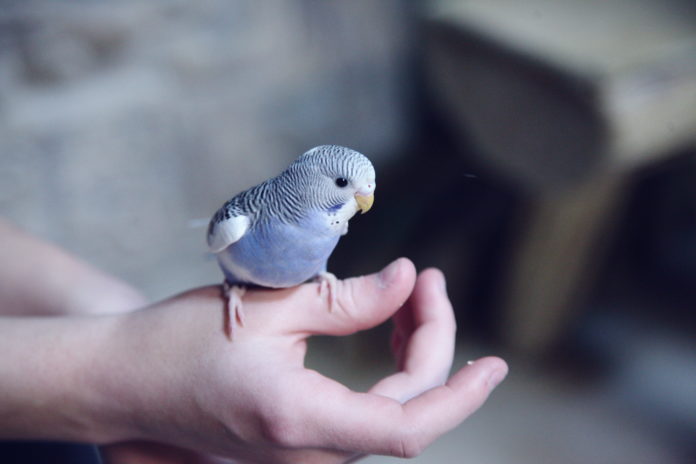The crow or the magpie is the bird with the smallest brain size on this list. It has been estimated that their brain weighs as little as 1/10 of a gram while its eyeballs weigh in at 3 grams. The next smallest bird is also a crow, but it has 2 grams of brain tissue and 1 gram of eyeballs.
Crows and Magpies have one of the largest brains to body weight ratios for any animal in the world, a factor which has led observers to suggest that they may possess an advanced understanding or intelligence based on their relative genius for problem solving and tool use.
The most remarkable fact about the relationship between brain and body weight is that the brain of a crow has an average volume of only 1/100th that of a human. Birds with even smaller brains include the ostrich, which has a volume of less than 1/2th that of a human. The cerebral cortex (the outermost surface area in the brain) is not very large in relation to other areas in the crow or magpie.
Crows have been observed to use tools such as sticks as probes and pry bars. They also use sticks to dig for grubs, and use them to probe holes in rocks, hanging from them at an angle to reach food below.
In a study that tested the intelligence of a group of American crows at a University of Oslo, Norway, the birds were given one of four problems to solve: how to get cheese from one side of a maze to another, how to press a key on a computer keyboard which was suspended above the top of their cage, how to get food out of one side of an enclosure while keeping it out of another side via a hole in both sides and how to get food from the other end of an enclosed square box. Astonishingly (and unsurprisingly) the birds had no difficulty solving these tasks and even copied human researchers’ solutions when they were not present.
Eventually the researchers ran out of new problems for the birds, and simply placed food in an area that the crows had already learned to reach by a specific method. The birds were confused until they watched a researcher solve the problem with a tool and then rushed off to use their own tools as if nothing had happened.
Next, they were given a puzzle box which was opened through the use of a tool on one side and food on the opposite side. Neither of these solutions were known to them (they’d never seen this box before). Within 12 hours six cages’ worth had solved it, and within 18 hours all nine cages’ worth had figured it out.
In a similar study of only American crows (that were not problem-solving experts), Norbert Feher and his team at the University of Vienna found that the birds had no ability to do controlled planning or connectivity tests. The researchers conditioned an apparatus which would not be present at the end of a task, and then for eight hours just left it out there as a reward, taking both the food as well as the distraction off the birds. The birds took advantage of this opportunity to practice how they did things in their native environment. They quickly learned that associating this new apparatus with food would lead to getting access to both rewards.










